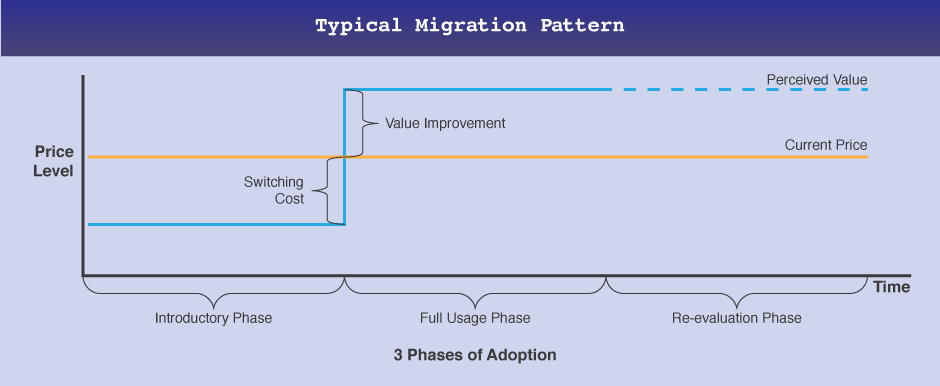Developing a successful pricing strategy is complex and needs to be approached holistically. All elements of the pricing and marketing mix need to work together. Our process is rigorous and driven by a deep understanding of all pricing levers:
In a typical consulting assignment, we cover each element of the above 8-step strategy development process.
Below is a short exposition of each:

